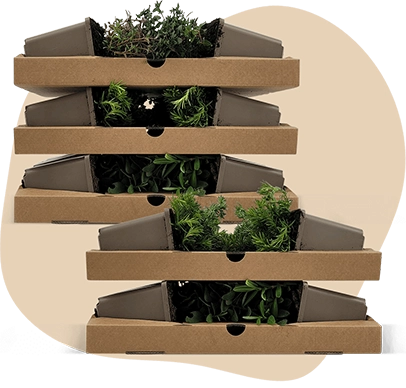Description
Berberis candidula | Barberry
The Berberis candidula, commonly known as Barberry, is a versatile shrub with an upright growth habit. This evergreen plant typically reaches a height of about 100 cm, making it suitable for various garden settings. The leaves of the Berberis candidula are green, small, and have a smooth texture, adding a touch of elegance to any garden. As an evergreen, the Barberry retains its foliage throughout the year, providing continuous greenery. Known for its low maintenance, this plant is ideal for those seeking an easy-care option. Although it does not produce fruits, the Barberry is appreciated for its fragrant leaves.
Key Plant Characteristics of Berberis candidula
- Berberis candidula blooms in May, showcasing yellow flowers that are attractive to bees. The flowers are fragrant, adding a pleasant aroma to the garden.
- This plant thrives in sunny to partially shaded locations, making it versatile for various garden settings.
- It adapts well to all soil types as long as the soil is well-drained, ensuring healthy growth.
- The shrub features an upright growth habit with green leaves, providing a lush appearance throughout the year.
- Berberis candidula is an evergreen shrub, making it an excellent choice for hedges or as a solitary garden plant.
Application of Berberis candidula in the Garden
- Berberis candidula is ideal for use as a solitary plant or as a hedge, adding structure and interest to any garden setting.
- This plant is winter-hardy, thriving in temperatures as low as -28.9°C, making it suitable for USDA zone 5.
- It combines well with other shrubs and perennials, especially those that prefer well-drained soil and partial shade to full sun.
- The greatest ornamental value of Berberis candidula lies in its evergreen foliage and the striking white flowers it produces in spring, which attract bees.





















